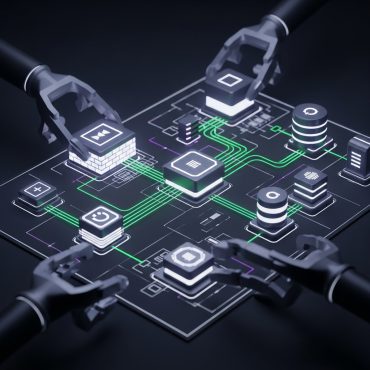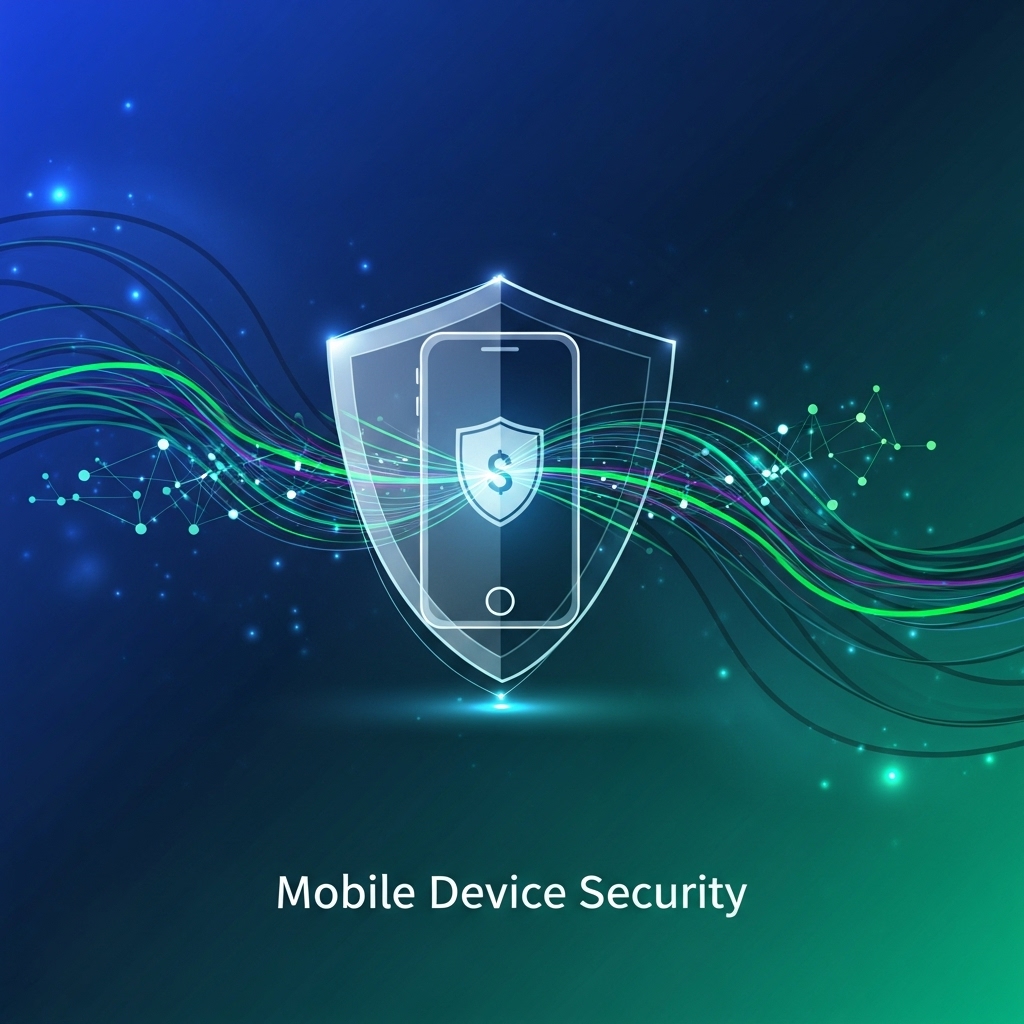Mobile Device Security
Mobile device security refers to the comprehensive protection of smartphones, tablets, and other portable endpoints against cyber threats such as malware infections, data breaches, unauthorized access, and exploitation of device vulnerabilities. As these devices become essential for both personal and enterprise operations, they represent one of the most critical components of an organization’s attack surface.
Why Mobile Device Security Matters
Modern mobile devices are no longer just communication tools—they function as remote workstations, data carriers, and access points to sensitive corporate resources. This makes them a high-value target for cybercriminals. Without adequate protection, they can easily become an entry point for data exfiltration, ransomware deployment, or network compromise.
Core Components of Mobile Device Security
Device Access Control and Encryption
Strong authentication mechanisms such as PIN codes, passwords, fingerprint or facial recognition must be enforced to secure physical access. Full-disk encryption should be implemented to protect data at rest and prevent data exposure in case the device is lost or stolen.
Application Control and Threat Monitoring
Only trusted and vetted applications should be allowed on mobile endpoints. Security tools must be deployed to monitor app behavior and prevent unauthorized access to sensitive data. Unnecessary app permissions must be restricted to minimize the risk of misuse.
Patch Management and OS Updates
All mobile operating systems and applications must be updated regularly with security patches. Enforcing automated update policies is essential to address vulnerabilities before they can be exploited in real-world attacks.
Backup and Recovery
Critical data stored on mobile devices should be backed up regularly to secure cloud services or enterprise backup infrastructure. In the event of device loss, damage, or compromise, data recovery must be fast and reliable to maintain business continuity.
Mobile Device Management (MDM)
MDM platforms enable centralized control over mobile fleets. IT administrators can remotely enforce policies, restrict access, locate lost devices, or perform remote data wipes. MDM also helps in applying consistent security configurations across the organization.
Multi-Factor Authentication (MFA)
Adding a secondary verification layer—such as a time-based one-time password (TOTP), SMS code, or biometric prompt—enhances login security and helps prevent credential-based attacks.
Real-Time Malware Protection
Mobile-specific antivirus and endpoint protection tools should be installed to detect and block spyware, trojans, phishing attempts, and other mobile threats in real time.
Layered Defense Strategy
Mobile device security should be treated as part of a broader, multi-layered cybersecurity framework. This includes combining endpoint protection with network security, behavioral analysis, secure app ecosystems, and identity management. Relying solely on antivirus software is no longer sufficient in defending against today’s advanced mobile threats.
Key Benefits of a Robust Mobile Security Program
• Reduces the risk of sensitive data leakage from mobile endpoints
• Enables compliance with regulatory standards (e.g. GDPR, ISO 27001)
• Enhances operational resilience in mobile-first environments
• Prevents financial and reputational damage from mobile-based attacks
• Supports secure BYOD (Bring Your Own Device) and remote work policies
Conclusion
Securing mobile devices is no longer optional—it is a fundamental requirement for modern organizations operating in distributed and mobile-enabled environments. By implementing a dedicated mobile device security strategy, organizations can reduce risk, enhance visibility, and ensure the confidentiality, integrity, and availability of their mobile data and infrastructure.












